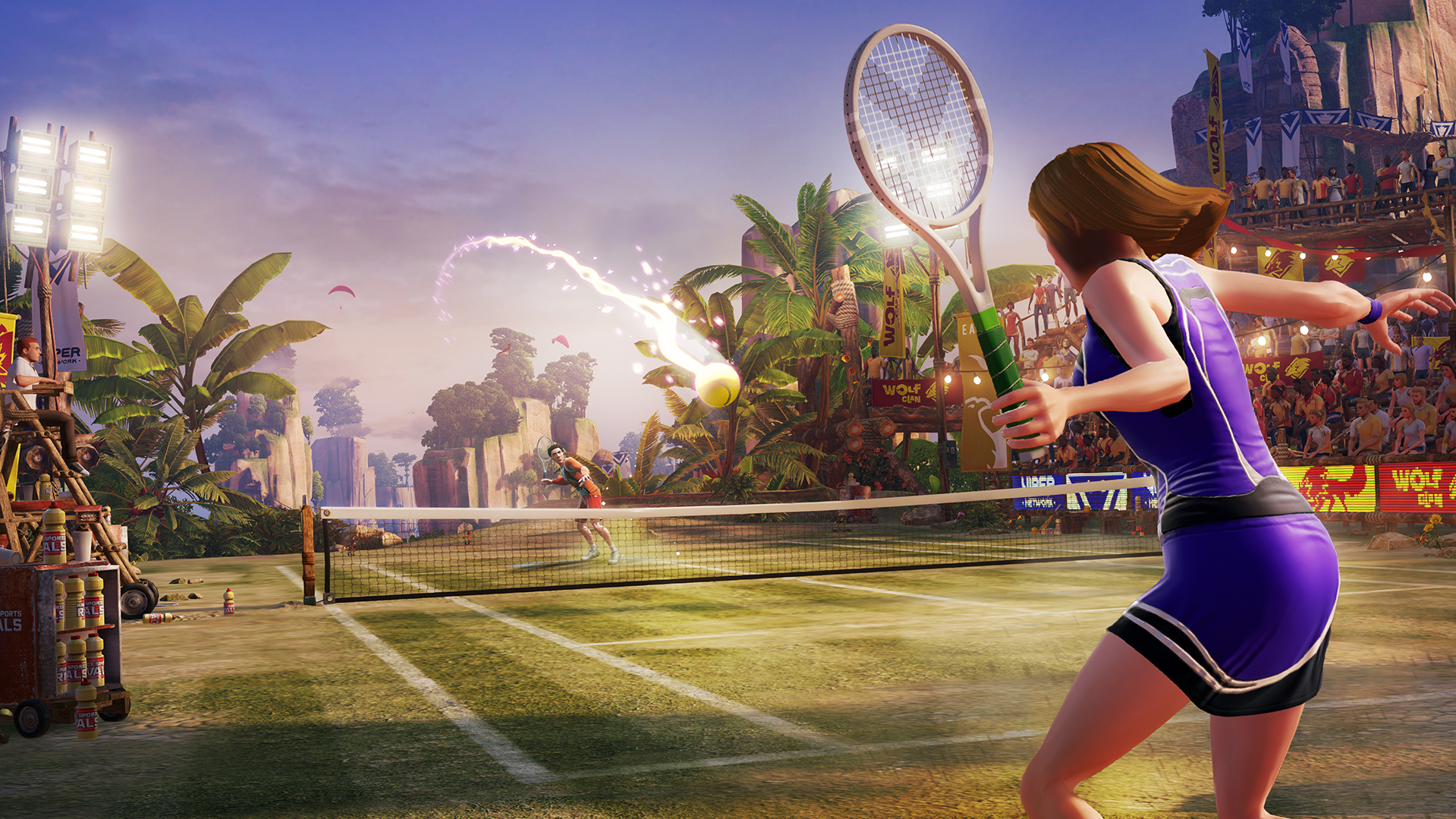Kinect Sports Rivals: is this the game that will define Xbox One Kinect?
Perhaps the best example of Kinect's power is actually in what promises to be the most overlooked part of the game. The player is asked to create an avatar called a Champion. To do this, Kinect scans your body and face to replicate a virtual version of you to participate in the range of mini games.

We spent a long time just seeing how accurately Kinect could recognise our changes in facial expression as we smiled, frowned, grimaced and contorted our face into just about every shape imaginable. As the face on screen mirrored our own, the results were testament to how far the tech has come.
And yet most people will probably race through all of this in less than a minute. "The amazing thing is that you can scan yourself in 35 seconds or just under, and yet I'm sure it's some of the most advanced computational intelligence in any consumer product," says Nick Burton. "The simplicity of the experience belies the complexity of what goes on under the hood.
"The champion feature is an interesting challenge because we've had millions of years of evolution to understand what faces look like, what skin tone looks like. People don't realise that when the light fades, their eyes adjust in the intensity.
"So getting a machine and a camera to understand people's faces, be able to pick up skin tone, hair colour, hair length, body size, in different spaces and different lighting conditions, is challenging.
"People don't have any idea how difficult it is because we're programmed a certain way, we have been since the dawn of time, to recognise these things."

It's a shame that the face scanning technology is so underplayed because this is exactly the kind of thing Microsoft should be singing about to get developers' attention. And there's plenty more to explore too.
Sign up for breaking news, reviews, opinion, top tech deals, and more.
"Have we taken Kinect as far as it can go? No I think there's probably a few areas where we or other studios could go and push it further," Duncan tells us.
If we have another criticism of Kinect Sports Rivals right now, it's that it's taken so long to get here, leaving Microsoft's sensor high and dry for more than four months.
"We originally planned to be there [on launch day]. But getting the message out on the 22nd of November would have been much more difficult."
Rare needed the extra time and on April 8 we'll know for sure if it's been worth the wait. However the game's content is received, Rivals is a good start in showing what the new Kinect can do to both gamers and developers, but Microsoft will need to push harder to entice developers to find new ways to play in less broad titles.
For the Wii, it was Wii Sports. Kinect Sports Rivals probably won't define motion gaming for this generation, but there's enough impressive tech here to keep the faith in Kinect. Now we just need to see more of it.
- TechRadar takes an in-depth look at Kinect 2.0 in our Xbox One review

Hugh Langley is the ex-News Editor of TechRadar. He had written for many magazines and websites including Business Insider, The Telegraph, IGN, Gizmodo, Entrepreneur Magazine, WIRED (UK), TrustedReviews, Business Insider Australia, Business Insider India, Business Insider Singapore, Wareable, The Ambient and more.
Hugh is now a correspondent at Business Insider covering Google and Alphabet, and has the unfortunate distinction of accidentally linking the TechRadar homepage to a rival publication.